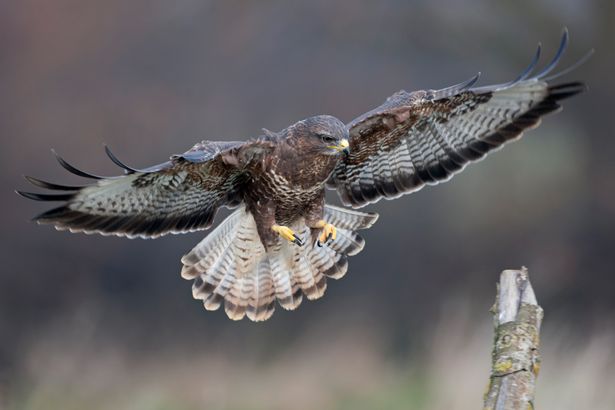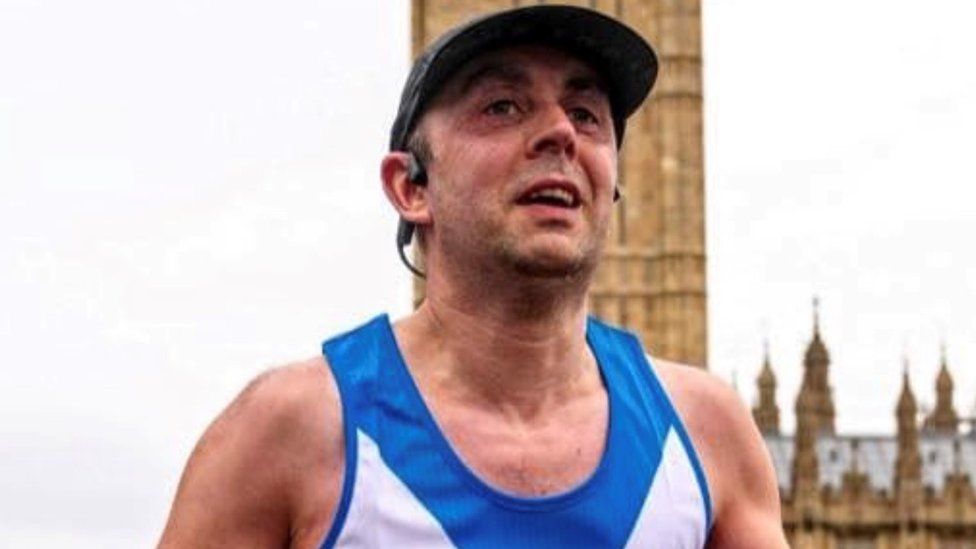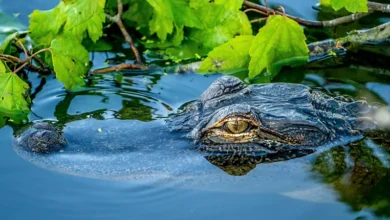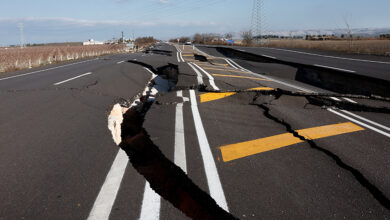Buzzard attack leaves runner with six holes in his head

A runner has been left with painful claw marks on his head after being attacked by a buzzard.
Ewan Cameron was out for his a run in Friockheim, Angus, when the bird of prey swooped on him.
After sharing his story online, multiple other runners came forward saying they had experienced similar attacks.
Mr Cameron said: “It’s like someone is punching you in the back of the head.”
He told the BBC Scotland’s Drivetime he was running around three miles outside his village when the attack happened.

“The talons are very sharp and they just sunk into the back of my head effectively. I’ve got a collection of about six holes in my head as a consequence of the attack.
Mr Cameron said the bird is notorious, having swooped in on him twice previously.
“The first time it happened to me I actually thought that a truck wing mirror had hit the back of my head on the way past,” he said.
He said he was surprised to hear other runners had experienced the same thing. “I think there was about 240-odd reactions to it and the comments are still coming today.
“A lot of people indeed have also been attacked by buzzards or at least getting swooped at, but maybe not actually being hit by them.”
He added some runners had said they had been left traumatised and are now anxious at the thought of running in the countryside.
The buzzard is the most common and widespread bird of prey in the UK.

The protected species’ wingspan can vary from 48in (122cm) up to 60in (152cm).
Paul Reynolds from the New Arc Wildlife Centre in Aberdeenshire told Drivetime that attacks like this are not a common occurrence.
He said: “If we think about it on the grand scale of things, there’s more people injured by cows I think than the bird of prey side of things.
“Most buzzards are laying their eggs around mid-April until the start of May. So that’s when they’re sort of at their peak of defending their territory immediately adjacent to their nests.”
He said that people should take “appropriate mitigation” such as avoiding nesting areas and even wearing a helmet or cap if necessary.










